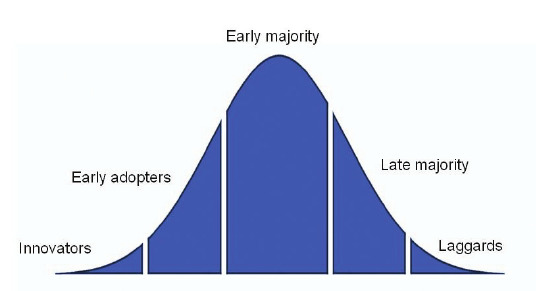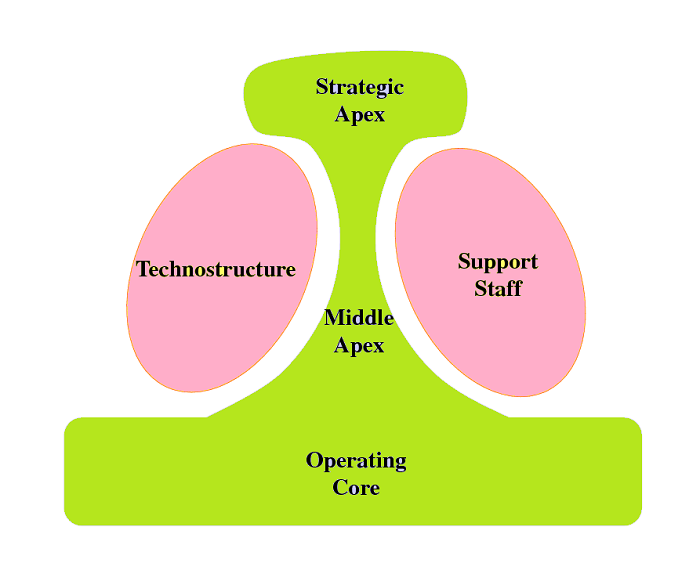Knowledge is an capability or a ability acquire the man through the understanding. To manage this knowledge human implements the process called Knowledge management. Knowledge management is the targeted skillful and effective interaction movements in knowledge. In other words, the knowledge management is not only the managing of knowledge, but its an process of managing the organisation with a detail focus on knowledge. It is central resources that accept us to function intelligently. Knowledge management is also the transformation to other clear appearances such as traditions, technologies, books and practices within organisation of all kinds and in society in general.
Procedural knowledge that carries the way of related process and action performed.… Read the rest


